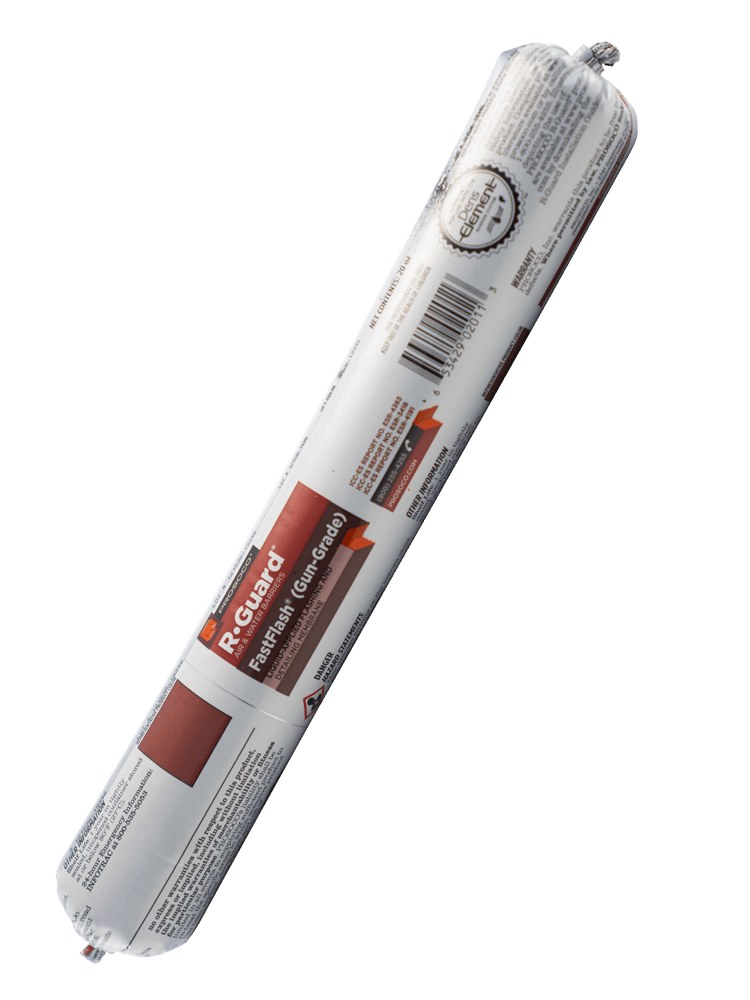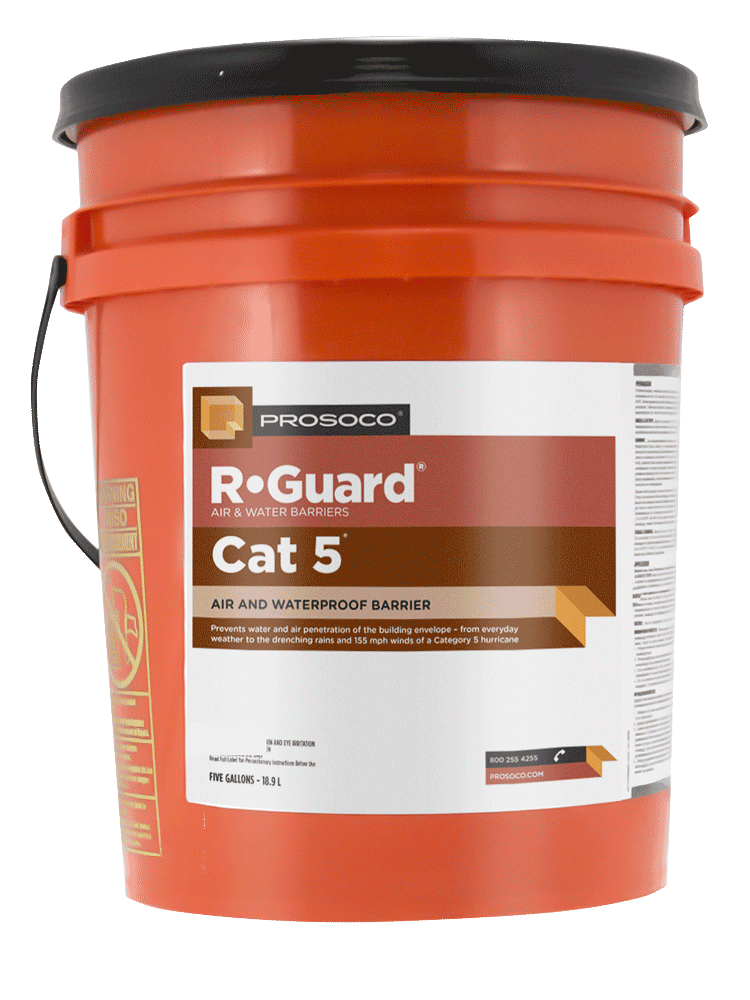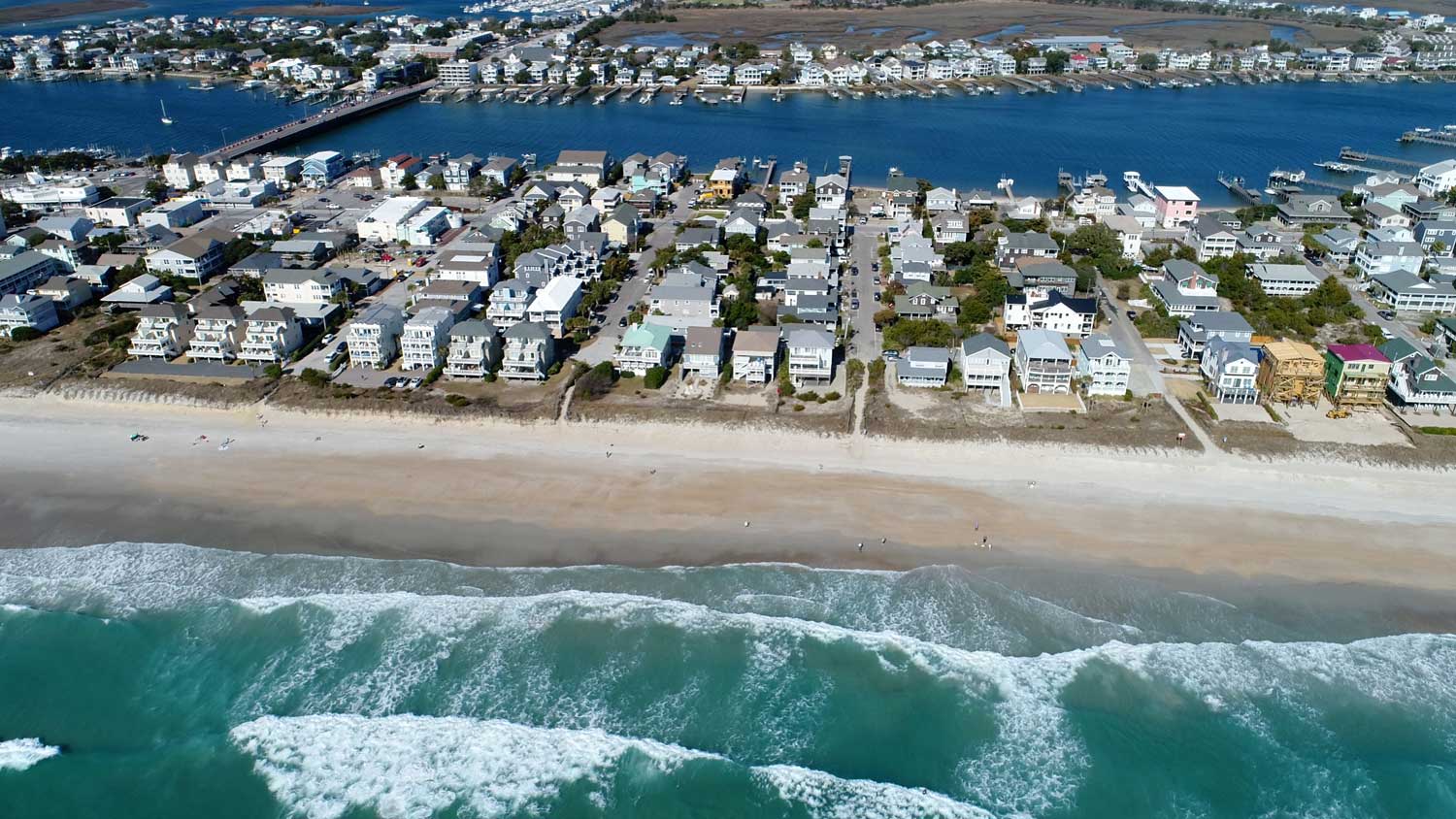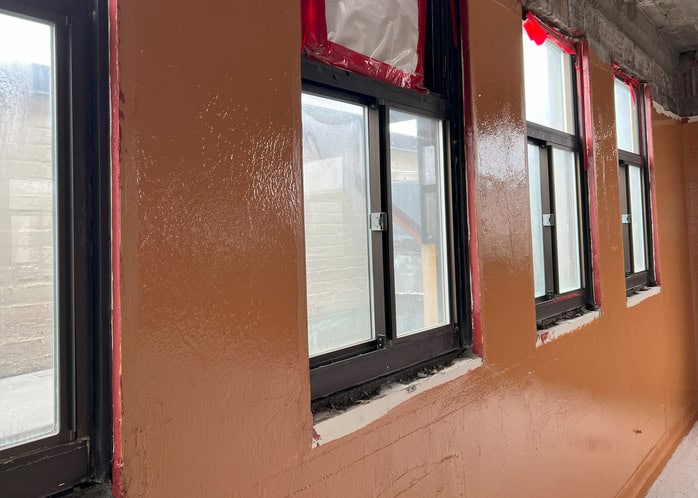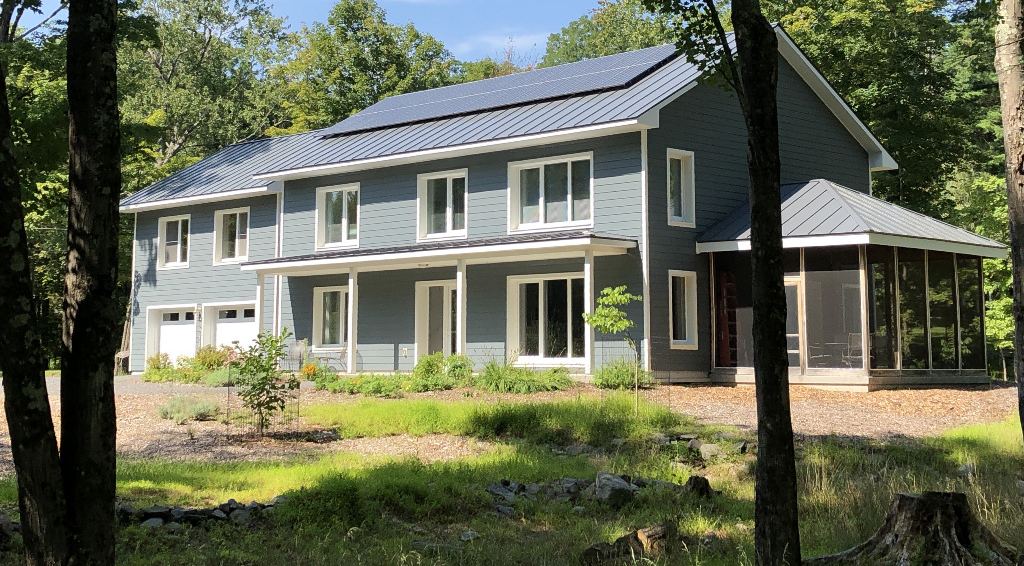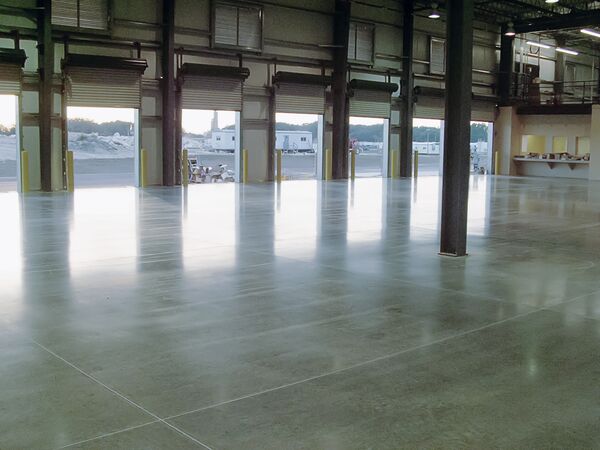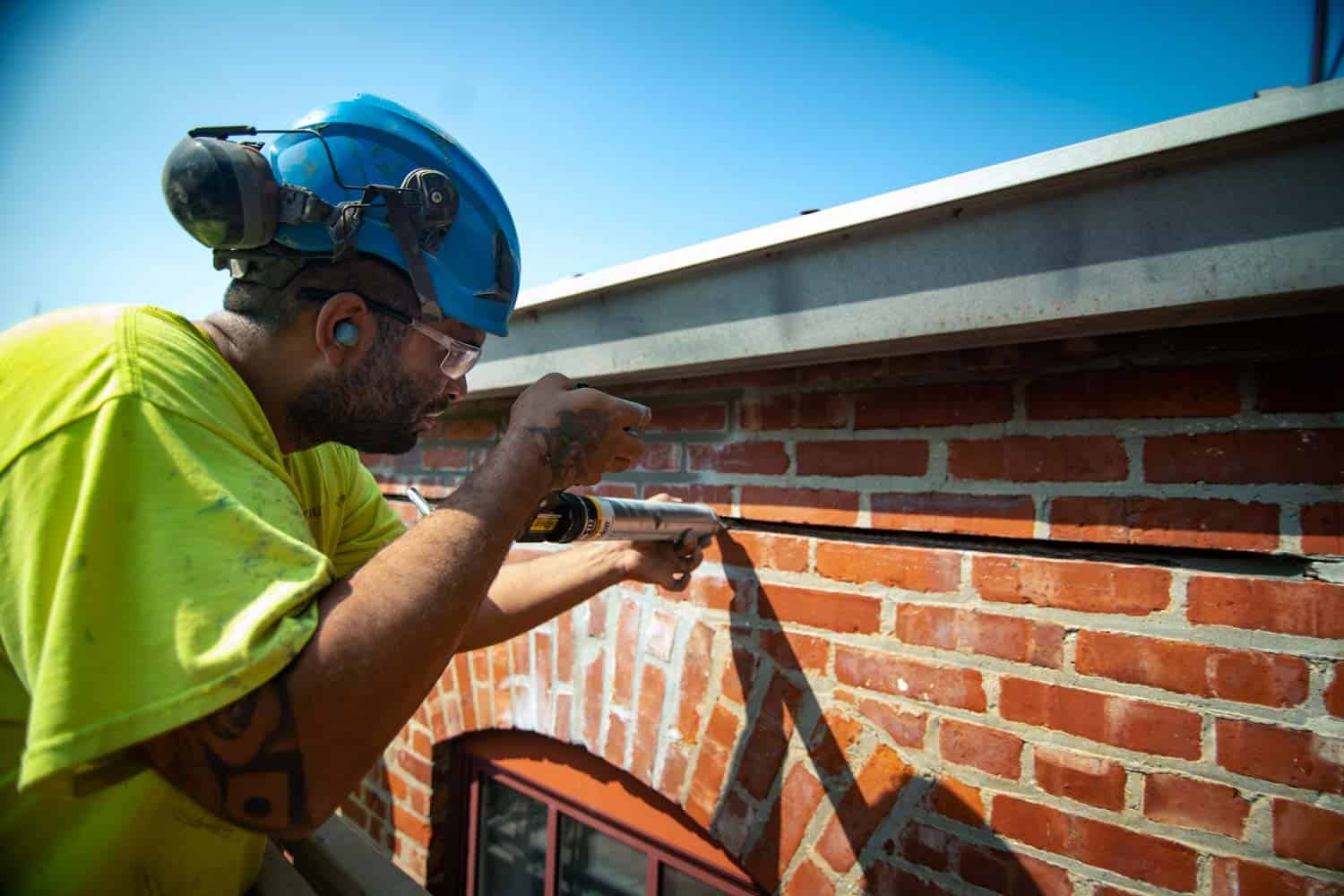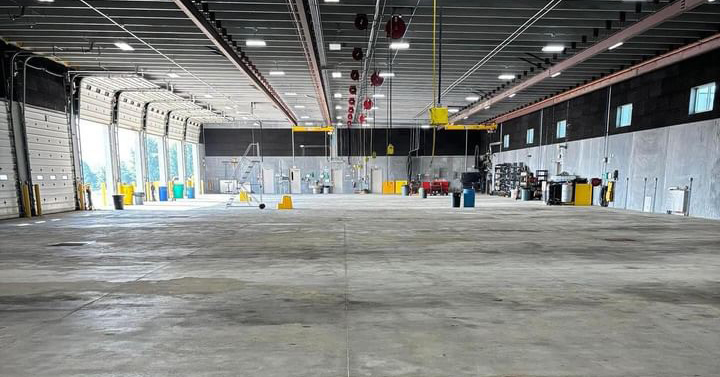On a New Jersey lagoon, homeowners thought they were floodproofing their vacation homes by building them up in soil. Instead, they were sinking them into holes and worsening damage from flood events. Architect Robert Donahue knew exactly how he wanted to fix his.
In April 2024, when Robert Donahue closed on a flood-prone fixer-upper on a lagoon in Forked River, N.J., he knew what he was getting into, for the most part.
As a professional architect (and owner of his own firm) for more than 20 years, Donahue purchased the 728-square-foot bungalow with knowledge of not only what repairs would be necessary, but also the extra care that he’d need to spend on water and moisture management.
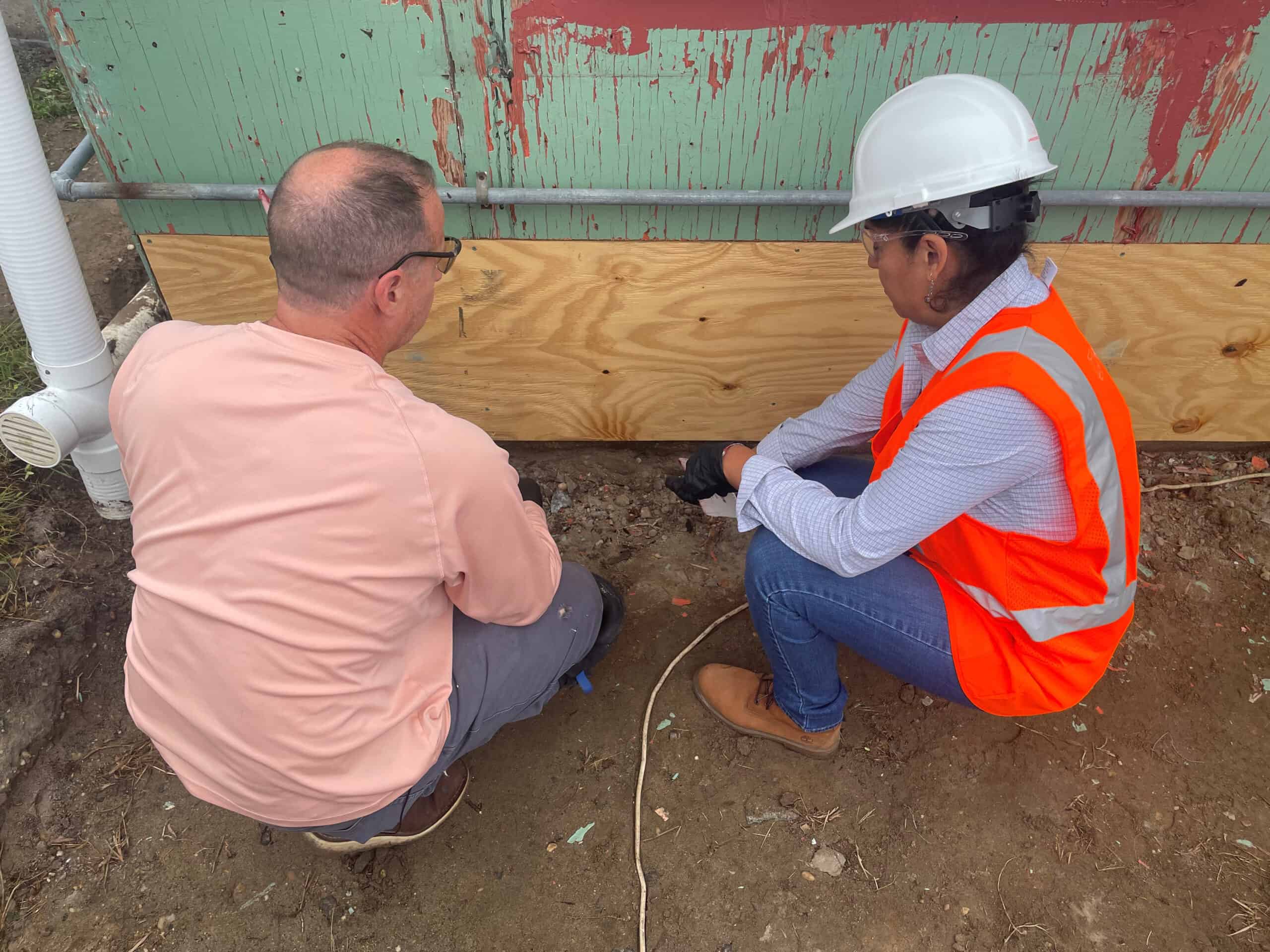
As the buyer, that knowledge gave Donahue confidence, and it also gave him a leg up over less-educated buyers who were scared off by the structure’s history of flooding.
"When I first saw it on Zillow, I said to my wife, 'This house has flooded,'" he says. "Then it was confirmed. Flood insurance told us that there had been four claims on this house. But it was OK. I told my wife, 'I have an idea.'"
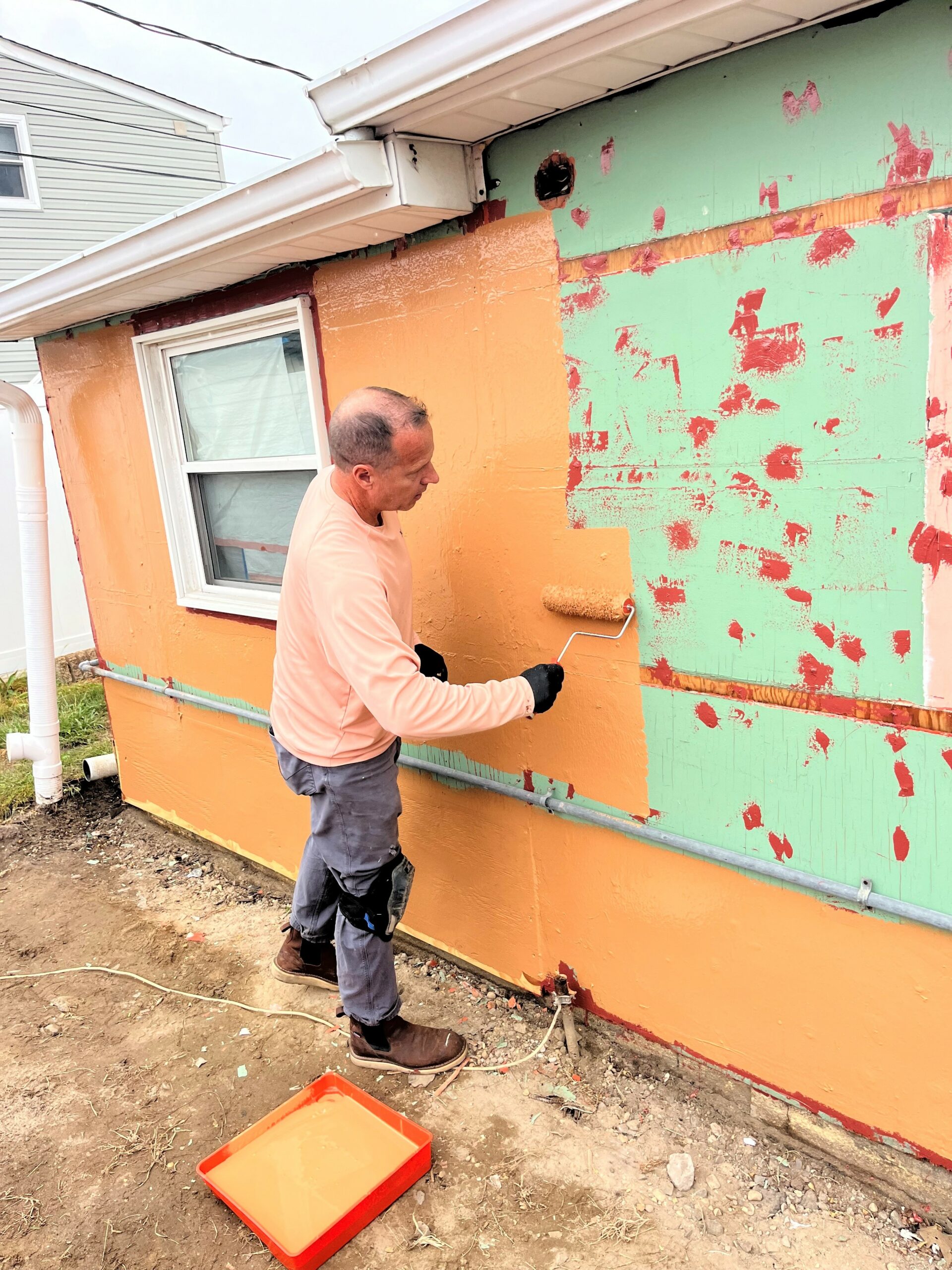
Bungled bungalows
Something strange stood out to Donahue upon his first look at the bungalow in person. “Why was the siding below-grade?” he asked. “Why was the slab 1 foot below-grade?”
His best guess? “It was a series of misinformed owners who thought if they could raise the grade, they could prevent it from flooding.”
“I was impressed by the color-coding and the way the system is designed. It’s so easy to install. It’s a no-brainer.”
His guess was confirmed when a local exterminator struck up a conversation with Donahue and revealed that this mistake wasn’t just on this one house. It pervaded dozens of houses neighboring Donahue’s fixer-upper situated on New Jersey’s eastern shore.
“He said on a lot of the houses, the siding is buried,” Donahue remembers the exterminator saying. “By adding soil, they thought they were floodproofing and protecting their house. But they were putting their house in a hole, and the only place for water to go was in the house.”
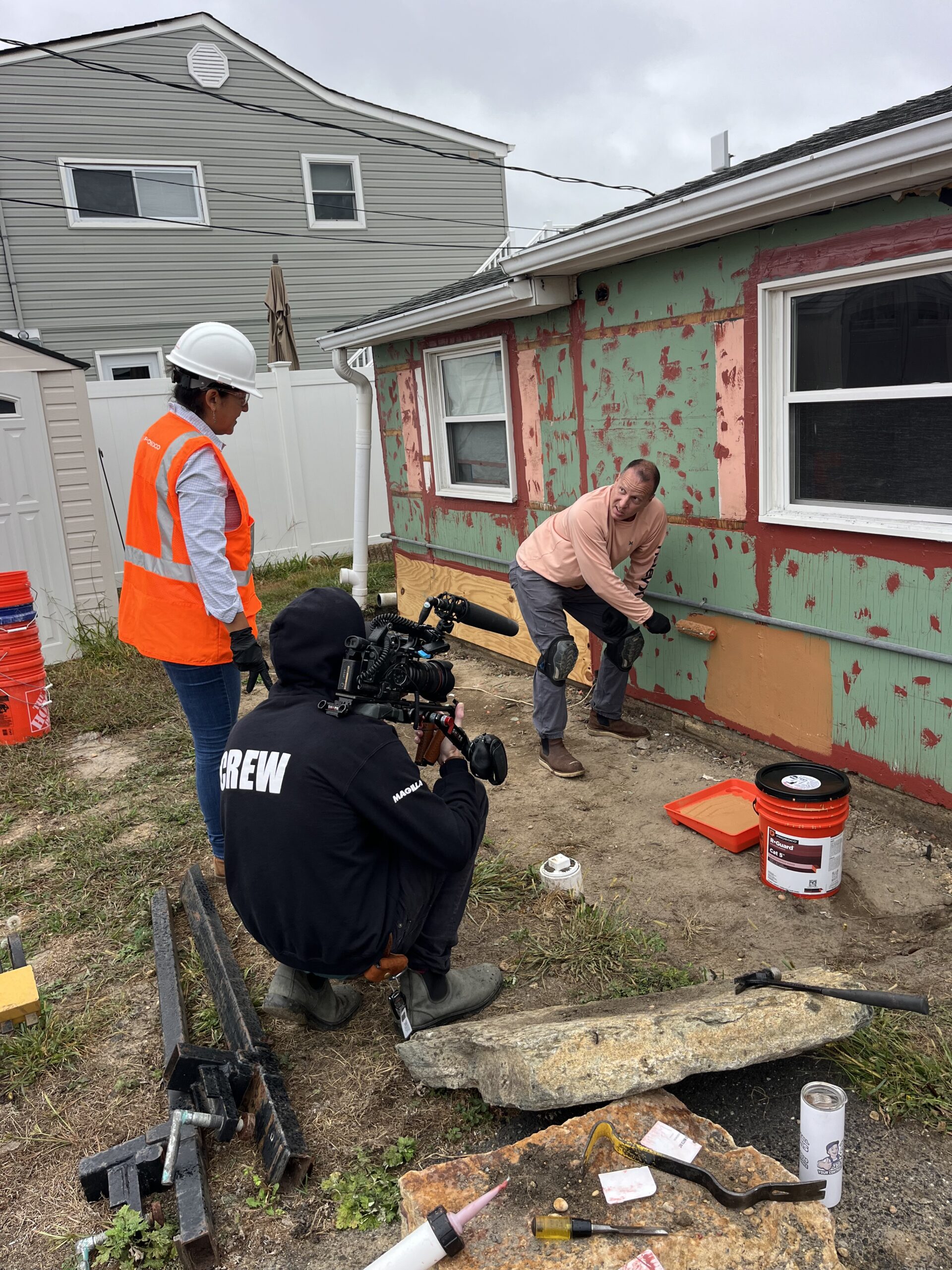
Digging out of a hole
As Donahue drove around the lagoon during that first visit, he observed an alternative (and much costlier) method certain owners were employing to floodproof their homes: They lifted them.
In a process Donahue estimates can cost upwards of $200,000, lifting or raising a house involves installing pilings in the ground and then putting your house on top of the pilings.
He’s seen lifted houses all over Forked River, as well as plain old raze-and-rebuilds.
Neither method was the right one for Donahue. Instead, he enlisted waterproofing support from two R-Guard fluid-applied air barrier products: FastFlash and Cat 5.
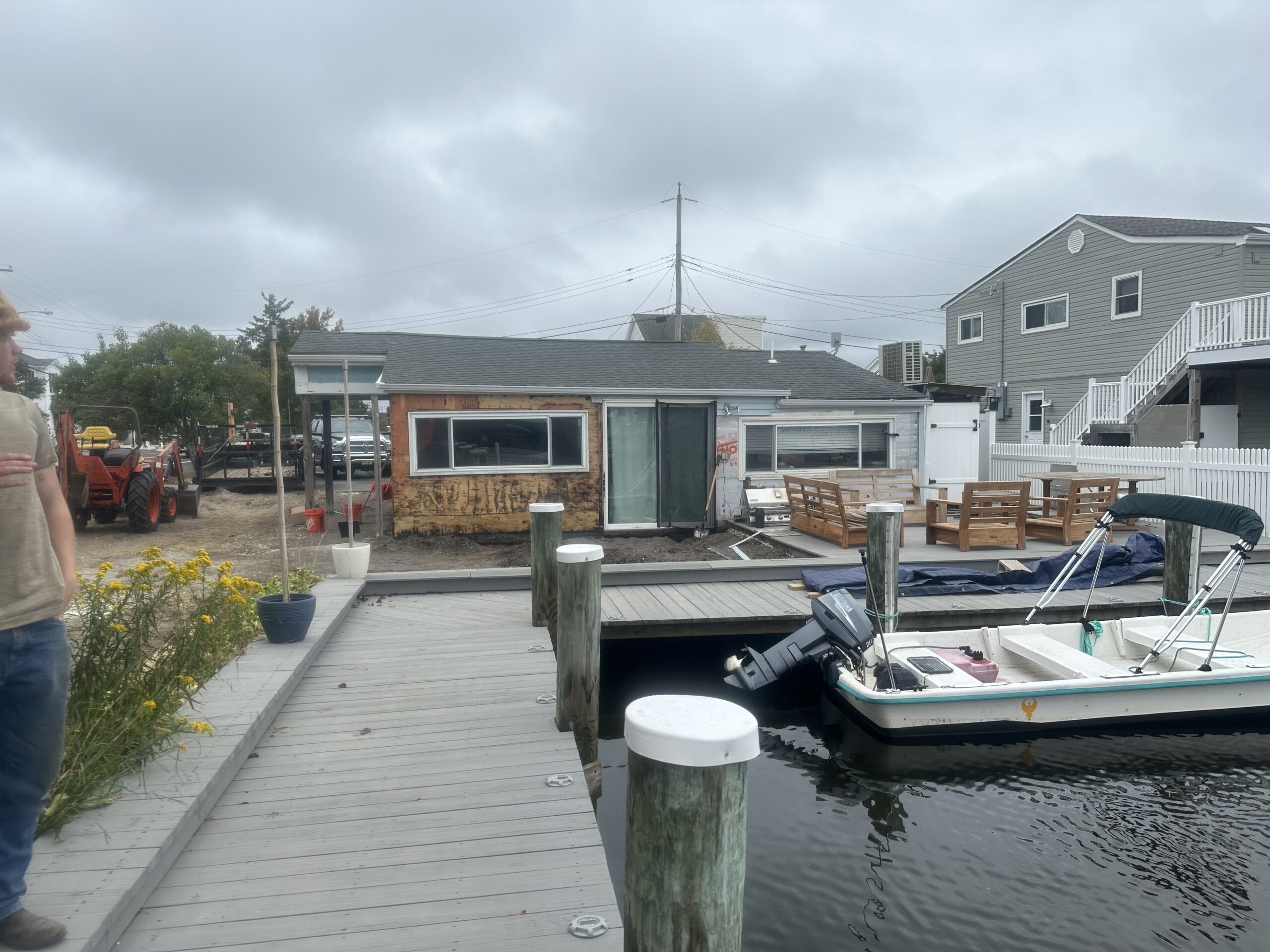
Before any waterproofing could begin, Donahue would have to dig his way down to the slab and tear off the siding. There was no telling what type of material he’d find underneath, but he was pleased when his siding removal work revealed plywood – albeit a “patchwork” of many small pieces of plywood.
His process involved treating about 550 linear feet of joints and rough openings with FastFlash, and coating 860 square feet of wall surface with Cat 5.
“Flood insurance told us that there had been four claims on this house. But it was OK. I told my wife, 'I have an idea.'"
“I was impressed by the color-coding and impressed by the way the system is designed,” he says. “It’s so easy to install. It’s a no-brainer.”
Donahue, who self-performed all the work, had worked with another R-Guard product before (Joint & Seam Filler), but he had never before applied Cat 5 or FastFlash. Aiding him in installation techniques were two members of PROSOCO’s support team in the region: Guy Mazza, Regional Sales Manager, and Natalie Daleney, Building Envelope Technical Specialist, both based out of the New York City area.
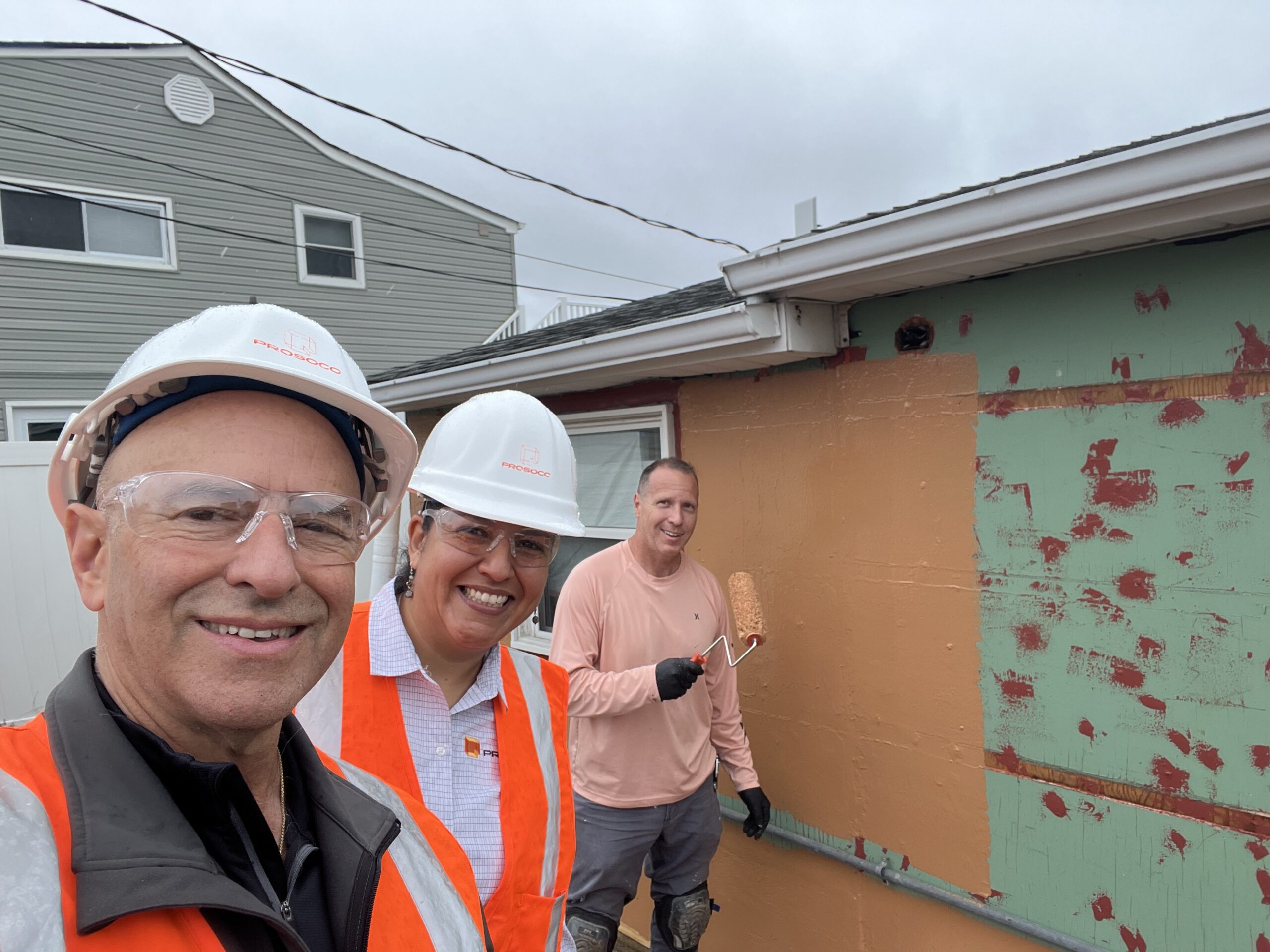
“Could I have figured it out on my own? Yes,” Donahue says. “But Guy and Natalie showing me all these tricks was really helpful. I was getting FastFlash all over myself until they showed me the right technique for cutting the sausage tube.”
Donahue’s efforts have attracted plenty of attention from neighbors walking by as well as other contractors in the area.
“My neighbor is a contractor and asked what I was doing,” he says. “I told him I was putting on an air and water barrier. He had never heard of an air barrier. I told Guy and Natalie that not enough residential contractors in this area know what this product is. They’re still doing Tyvek and staples.”
Another neighborhood couple was so convinced by Donahue’s work and knowledge that they plan to install the same system on their bungalow.
![BEG_Beach_Bungalow_New_Jersey_Robert_Donahue_3[1] BEG_Beach_Bungalow_New_Jersey_Robert_Donahue_3[1]](https://prosoco.com/app/uploads/2025/01/BEG_Beach_Bungalow_New_Jersey_Robert_Donahue_31-scaled.jpg)
![BEG_Beach_Bungalow_New_Jersey_Robert_Donahue_2[1] BEG_Beach_Bungalow_New_Jersey_Robert_Donahue_2[1]](https://prosoco.com/app/uploads/2025/01/BEG_Beach_Bungalow_New_Jersey_Robert_Donahue_21-scaled.jpg)
"I believe waterproofing is the most important aspect of my project. I bought a house that floods and I don’t want it to flood again. Other owners in this area should know that they don’t have to lift their home. You can just waterproof it."
“They asked what product I was putting on and I explained to them about waterproofing my house. The guy nudges his wife and says, ‘I told you that’s what he was doing.’ They live on the bay and were going to spend around $200,000 to raise their house. I told them this is the real solution. You put flood barriers over the doors and as long as you seal it, you should be good. They said next spring, when they repair their siding, they’re going to use the same system.”
The renovation also got the attention of a TV show called “Beachfront Bargain Hunt: Renovation,” a reality series on HGTV. His episode is slated to air in February 2025.
Donahue welcomes the interest because he thinks more people should know about this economical waterproofing method.
“Not enough residential contractors in this area know what this product is. They’re still doing Tyvek and staples.”
“I’ll talk to anyone about the importance of why I’m doing this and what this product does for me,” he says. “I believe waterproofing is the most important aspect of my project. I bought a house that floods and I don’t want it to flood again. Other owners in this area should know that they don’t have to lift their home. You can just waterproof it.”
“I do feel confident this system is going to waterproof my bungalow.”
![]()
To waterproof his bungalow, Donahue used:

![]()
